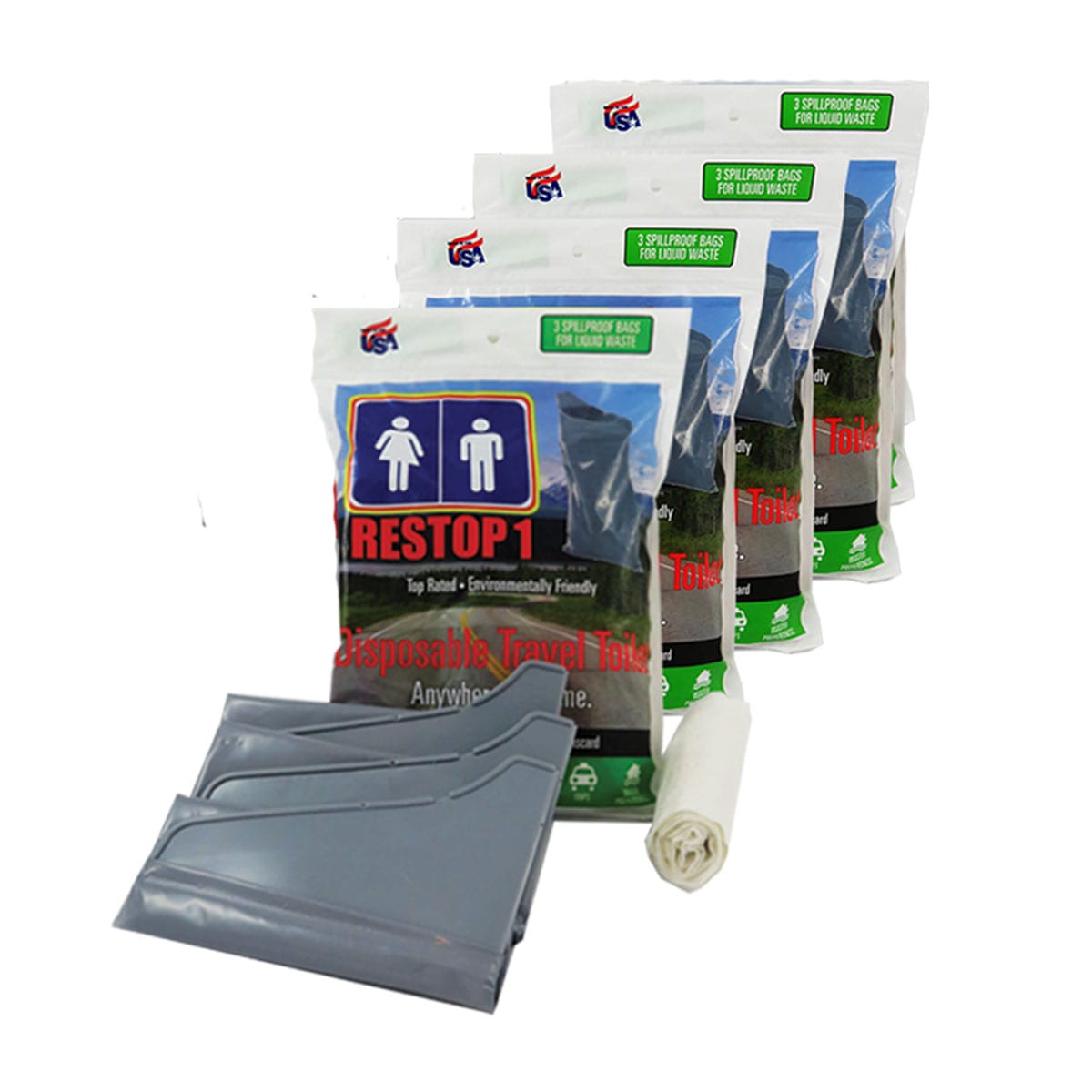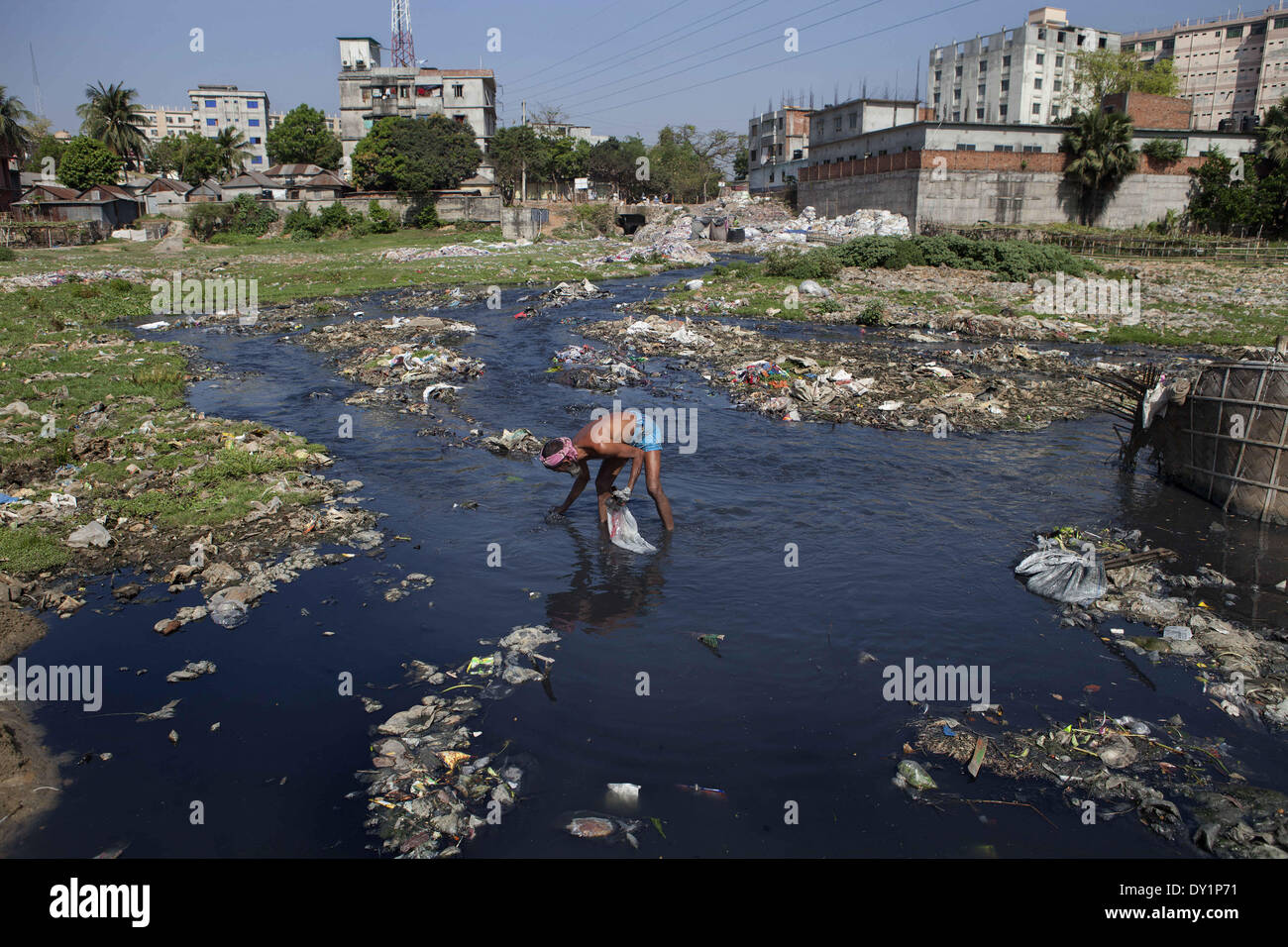Professional Liquid Waste Removal Melbourne: Keeping Your Setting Tidy
Professional Liquid Waste Removal Melbourne: Keeping Your Setting Tidy
Blog Article
Just How Fluid Waste Disposal Works: A Detailed Summary of Methods and Technologies Utilized

Introduction of Liquid Waste Types
The intricacy of liquid waste kinds requires a complete understanding of their attributes and implications for disposal. Fluid waste can generally be classified right into a number of kinds, including industrial, community, farming, and unsafe waste. Each group shows unique buildings, calling for certain administration strategies to alleviate environmental and health and wellness risks.
Industrial fluid waste originates from producing procedures and frequently has a range of pollutants, such as hefty metals, solvents, and organic substances. Metropolitan liquid waste, largely making up wastewater from households and business facilities, contains raw material, nutrients, and virus (industrial wastewater treatment). Agricultural fluid waste, including drainage from farms, might have plant foods, pesticides, and animal waste, presenting threats to water high quality and ecological communities
Harmful liquid waste is identified by its poisoning, sensitivity, or prospective to create damage. This group includes compounds like acids, bases, and certain chemicals that necessitate rigorous handling and disposal procedures. Comprehending these varied liquid waste kinds is important for developing efficient disposal techniques and making sure conformity with ecological policies. Proper classification and characterization are essential for carrying out ideal therapy strategies and minimizing the damaging influence on public health and wellness and the setting.
Physical Therapy Approaches

Testing is the initial step, where bigger bits and particles are gotten rid of from the fluid waste making use of displays or grates. This procedure shields downstream equipment from damages and makes sure smoother operation. Following screening, sedimentation uses gravitational force to separate solids from fluids. In sedimentation containers, much heavier bits settle at the base, creating a sludge layer, while the made clear fluid can be further treated.
Filtration is one more vital method that entails passing the liquid via permeable materials, such as sand or membrane layers, to capture smaller sized bits. This action improves the top quality of the liquid, making it suitable for subsequent treatment processes.

Chemical Treatment Methods
Chemical therapy strategies are essential for efficiently taking care of fluid waste, particularly in dealing with dissolved and colloidal pollutants that physical techniques may not effectively get rid of. These strategies make use of numerous chemical representatives to counteract, speed up, or change harmful materials right into much less dangerous kinds.
One typical technique is coagulation and flocculation, where chemicals such as alum or ferric chloride are added to promote the helpful hints aggregation of put on hold fragments. This procedure improves sedimentation, enabling for simpler removal of the resulting sludge. Additionally, oxidation procedures, using representatives like chlorine or ozone, are utilized to break down intricate natural compounds and microorganisms, rendering the waste more secure for discharge or more treatment.
Neutralization is another crucial strategy, which readjusts the pH of acidic or alkaline waste streams to neutral levels, preventing possible damage to downstream systems and the environment. Furthermore, progressed oxidation processes (AOPs) utilize mixes of oxidants and ultraviolet light to deteriorate persistent toxins, accomplishing a greater level of therapy effectiveness.
Biological Therapy Processes
Organic treatment procedures play a vital function read the article in the monitoring of liquid waste by making use of bacteria to decompose raw material and decrease pollutant levels. These procedures can be broadly classified into aerobic and anaerobic treatments, each utilizing specific microbial areas to achieve efficient waste deterioration.
Cardio treatment includes the usage of oxygen to help with the failure of organic products by microorganisms. This process is frequently applied in activated sludge systems, where oygenation containers offer a favorable setting for microbial growth, bring about the oxidation of organic contaminants. The resultant biomass can be divided from dealt with effluent via sedimentation.
In contrast, anaerobic treatment happens in the lack of oxygen, depending on different bacteria to break down organic matter. This technique is specifically advantageous for high-strength waste, as it generates biogas, a renewable resource source, while minimizing sludge manufacturing. Technologies such as anaerobic digesters are regularly used in municipal and industrial applications.
Both aerobic and anaerobic biological treatments not only reduce the environmental impact of liquid waste however additionally help with source healing, making them essential elements of lasting waste administration strategies. Their adaptability, efficiency, and performance support their prevalent execution throughout numerous fields.
Emerging Technologies in Disposal
Innovative approaches to liquid garbage disposal are swiftly evolving, driven by improvements in modern technology and an enhancing emphasis on sustainability. Amongst these arising modern technologies, membrane bioreactors (MBRs) have acquired traction for their capability to incorporate organic therapy with membrane layer filtration, resulting in top notch effluent that can be recycled in numerous applications. MBRs make it possible for smaller sized impacts and more efficient operations compared to traditional systems.
Another promising advancement is making use of anaerobic food digestion combined with nutrient recuperation technologies, which not just deals with fluid waste however additionally creates biogas and recoups useful nutrients like nitrogen and phosphorus. This twin advantage improves resource efficiency and reduces environmental impact.
In addition, progressed oxidation find out here procedures (AOPs) are being embraced for the deterioration of complex organic toxins. These approaches use powerful oxidants and catalysts to damage down impurities at the molecular degree, providing a highly reliable remedy for difficult waste streams.
Furthermore, the integration of artificial knowledge and artificial intelligence in waste management systems is maximizing functional efficiency and anticipating upkeep, resulting in reduced prices and enhanced ecological conformity. These technologies mirror a substantial shift in the direction of more lasting and efficient liquid garbage disposal methods.
Conclusion
In verdict, effective fluid waste disposal requires a detailed understanding of different techniques and modern technologies. By continuously advancing these methodologies, it becomes feasible to attend to the growing obstacles linked with liquid waste, ultimately adding to environmental defense and source recovery.
Fluid waste disposal is a vital facet of ecological management, requiring an extensive understanding of different methods and innovations customized to various waste kinds. Fluid waste can extensively be classified into a number of types, including industrial, community, agricultural, and dangerous waste. Agricultural liquid waste, including runoff from farms, may contain fertilizers, chemicals, and pet waste, posturing threats to water top quality and ecological communities.
Numerous physical therapy approaches play a critical duty in taking care of fluid waste properly - industrial wastewater treatment.In final thought, efficient liquid waste disposal necessitates a comprehensive understanding of various strategies and modern technologies
Report this page